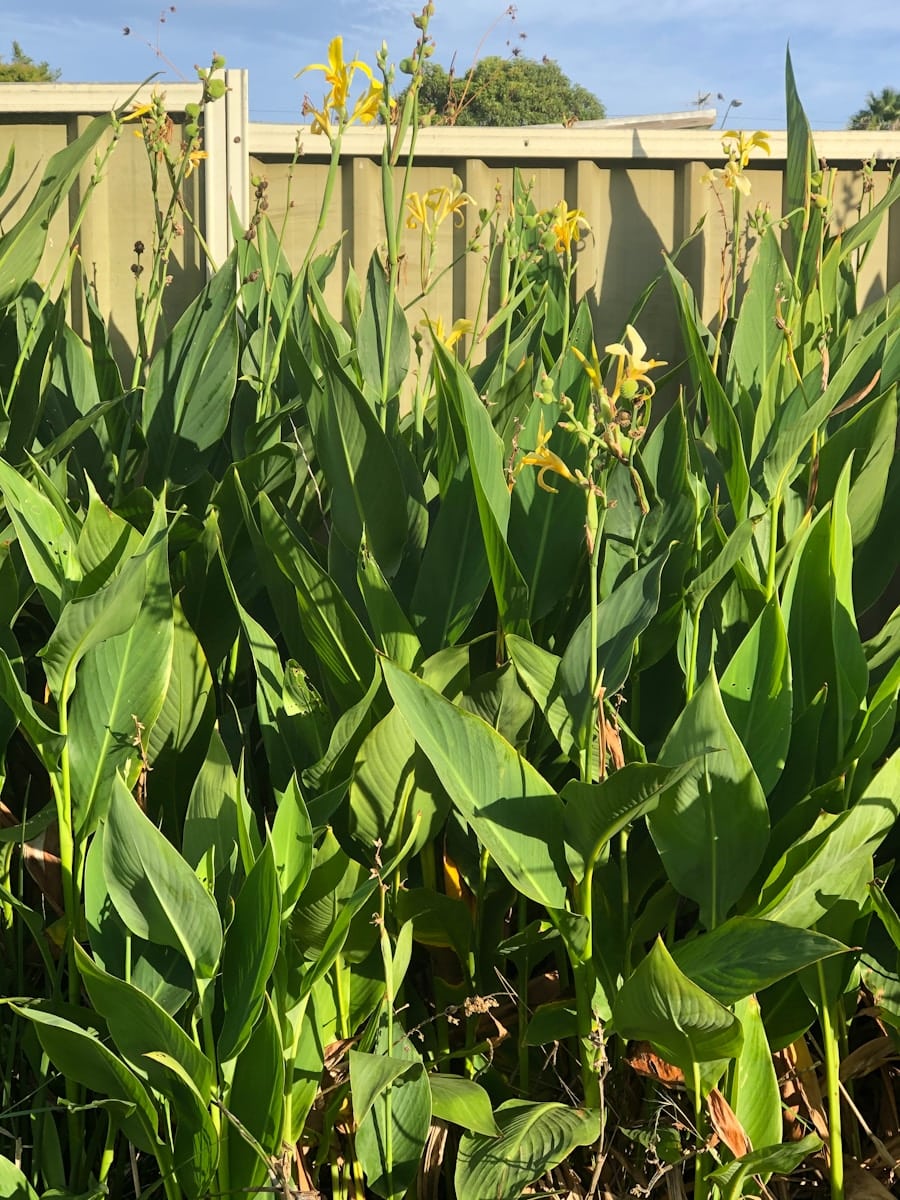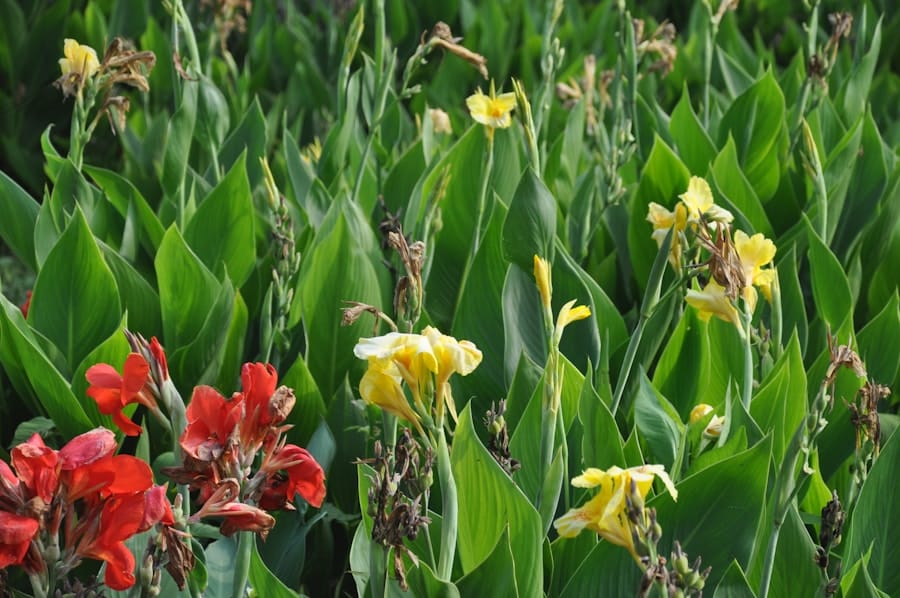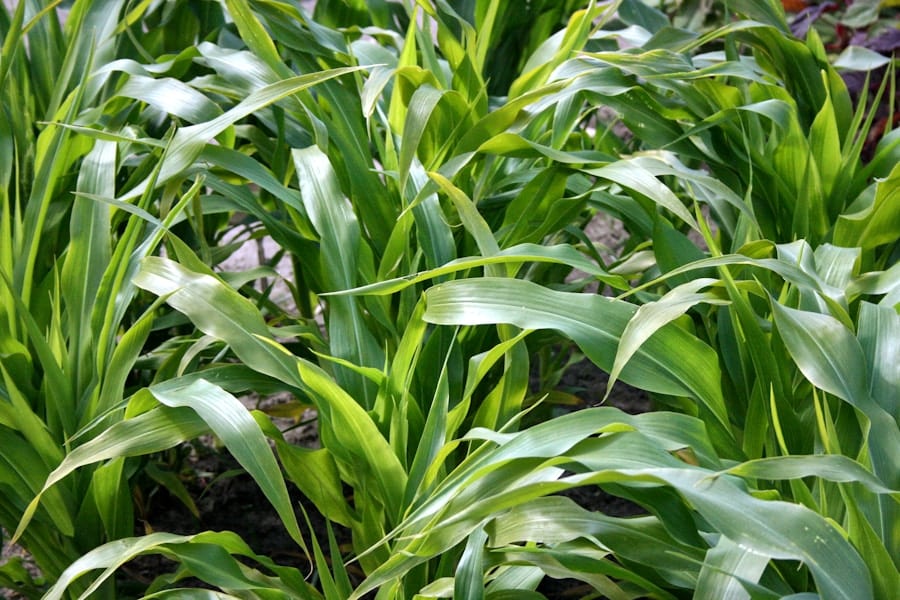Corn gluten meal (CGM) is a byproduct of the corn milling process, specifically derived from the endosperm of corn kernels. It is a natural, organic fertilizer that is rich in nitrogen, making it an excellent choice for promoting healthy plant growth. Typically, CGM contains about 9-10% nitrogen, along with small amounts of phosphorus and potassium, which are essential nutrients for plants.
In addition to its nutritional benefits, corn gluten meal also serves as a natural herbicide. It contains compounds that inhibit seed germination, making it particularly useful for controlling weeds in gardens and landscapes.
This dual functionality—providing nutrients while suppressing unwanted plant growth—makes CGM a popular choice among organic gardeners and farmers who seek sustainable agricultural practices. Its use aligns with the principles of organic farming, which emphasize the importance of maintaining soil health and minimizing chemical inputs. Check out the latest fertilizers for your garden at Soil Compost.
Key Takeaways
- Corn gluten meal fertilizer is a natural byproduct of the corn milling process and is a popular organic fertilizer option.
- Using corn gluten meal fertilizer can help suppress weed growth, provide a source of nitrogen for plants, and improve soil health.
- To apply corn gluten meal fertilizer, spread it evenly over the soil and water it in thoroughly to activate its weed-suppressing properties.
- It is best to apply corn gluten meal fertilizer in early spring or late summer to effectively control weed growth.
- When using corn gluten meal fertilizer, be mindful of potential drawbacks such as its high cost and the need for frequent applications compared to synthetic fertilizers.
Benefits of Using Corn Gluten Meal Fertilizer
One of the primary benefits of using corn gluten meal fertilizer is its high nitrogen content, which is crucial for promoting vigorous plant growth. Nitrogen is a key component of chlorophyll, the pigment responsible for photosynthesis, and it plays a vital role in the synthesis of amino acids and proteins. By applying CGM to the soil, gardeners can enhance the overall health and vitality of their plants, leading to lush foliage and increased yields.
Moreover, corn gluten meal acts as a slow-release fertilizer. Unlike synthetic fertilizers that can lead to nutrient leaching and rapid plant growth followed by nutrient depletion, CGM releases its nutrients gradually over time. This slow-release characteristic helps to maintain a steady supply of nitrogen to plants, reducing the risk of nutrient burn and promoting sustained growth.
Additionally, the organic nature of CGM contributes to improved soil structure and fertility over time, as it encourages beneficial microbial activity in the soil.
How to Apply Corn Gluten Meal Fertilizer

Applying corn gluten meal fertilizer requires careful consideration of the method and timing to maximize its effectiveness. The most common application method involves broadcasting the CGM granules evenly over the soil surface. For optimal results, it is recommended to apply CGM at a rate of 20 pounds per 1,000 square feet for established gardens or lawns.
This application rate can vary based on specific plant needs and soil conditions, so it is advisable to conduct a soil test beforehand to determine nutrient levels. After broadcasting the corn gluten meal, it is beneficial to lightly rake or till the soil to incorporate the granules into the top layer. This helps ensure that the nutrients are accessible to plant roots while also enhancing the herbicidal properties of CGM by preventing weed seeds from germinating.
Watering the area after application can further aid in nutrient absorption and activate the herbicidal compounds within the CGM.
When to Apply Corn Gluten Meal Fertilizer
| Soil Temperature | Best Time to Apply |
|---|---|
| Above 55°F (13°C) | Early spring before weed seeds germinate |
| Below 85°F (29°C) | Early fall to prevent winter weeds |
Timing is crucial when applying corn gluten meal fertilizer to achieve the best results. For those looking to utilize CGM as a pre-emergent herbicide, it is essential to apply it before weed seeds germinate. This typically means applying CGM in early spring when soil temperatures begin to rise but before weeds start sprouting.
In many regions, this can be around late March to early April, depending on local climate conditions. In addition to spring applications, corn gluten meal can also be applied in late summer or early fall for fall-planted crops or for maintaining lawns. This timing allows for an additional boost of nitrogen as plants prepare for winter dormancy or as they establish themselves before colder weather sets in.
It is important to monitor local weather patterns and soil temperatures to determine the optimal application window for your specific area.
Tips for Using Corn Gluten Meal Fertilizer
To maximize the benefits of corn gluten meal fertilizer, there are several tips that gardeners should consider. First, it is advisable to combine CGM with other organic amendments such as compost or well-rotted manure. This combination not only enhances nutrient availability but also improves soil structure and microbial activity.
The synergistic effect of these organic materials can lead to healthier plants and more productive gardens. Another important tip is to avoid over-application of corn gluten meal. While it is rich in nitrogen, excessive use can lead to nutrient imbalances in the soil and may even inhibit plant growth due to high nitrogen levels.
Following recommended application rates and conducting regular soil tests can help ensure that plants receive adequate nutrition without risking over-fertilization. Additionally, monitoring plant health and growth patterns can provide valuable insights into whether adjustments are needed in fertilization practices.
Potential Drawbacks of Corn Gluten Meal Fertilizer

Nutrient Content: A Limitation of Corn Gluten Meal
One significant concern associated with corn gluten meal fertilizer is its relatively low nutrient content compared to synthetic fertilizers. While it provides a steady supply, it may not meet the immediate nutrient demands of fast-growing plants or those with high nutrient requirements. In such cases, supplemental fertilizers may be necessary to achieve optimal growth.
The Double-Edged Sword: Herbicidal Properties
Another drawback is that corn gluten meal’s herbicidal properties can be a double-edged sword. While it effectively suppresses weed germination, it may also inhibit the growth of desirable plants if applied incorrectly or at inappropriate times.
Timing is Everything: Applying Corn Gluten Meal Correctly
For instance, applying corn gluten meal too late in the season may prevent certain seeds from germinating, including those of beneficial cover crops or flowers intended for planting.
Comparing Corn Gluten Meal Fertilizer to Other Fertilizers
When comparing corn gluten meal fertilizer to other types of fertilizers—both organic and synthetic—several key differences emerge. Synthetic fertilizers often provide immediate nutrient availability due to their concentrated formulations; however, they can lead to nutrient leaching and environmental concerns such as water pollution from runoff. In contrast, corn gluten meal offers a more sustainable approach by releasing nutrients slowly and improving soil health over time.
Organic fertilizers like bone meal or fish emulsion also provide essential nutrients but may lack the dual functionality of CGM as both a fertilizer and herbicide. For example, bone meal is high in phosphorus but does not offer significant nitrogen content or weed suppression capabilities. This makes corn gluten meal a unique option for gardeners seeking an all-in-one solution that aligns with organic gardening principles while addressing both nutrient needs and weed management.
Environmental Impact of Corn Gluten Meal Fertilizer
The environmental impact of corn gluten meal fertilizer is generally positive when compared to synthetic alternatives. As an organic product derived from a renewable resource—corn—CGM contributes to sustainable agricultural practices by reducing reliance on chemical inputs that can harm ecosystems. Its use promotes biodiversity in soil microbiomes and enhances overall soil health through improved structure and nutrient retention.
Furthermore, because corn gluten meal acts as a natural herbicide, it reduces the need for chemical herbicides that can have detrimental effects on non-target species and water quality. By suppressing weed growth without resorting to synthetic chemicals, CGM helps maintain ecological balance in gardens and agricultural settings alike. However, it is essential for users to apply CGM responsibly and in accordance with best practices to minimize any potential negative impacts on desirable plant species or local ecosystems.
In summary, corn gluten meal fertilizer stands out as an effective organic option for gardeners seeking both nutritional benefits for their plants and natural weed control solutions. Its unique properties make it a valuable addition to sustainable gardening practices while contributing positively to environmental health when used appropriately.
If you are interested in learning more about soil composition and how it can affect plant growth, check out this article on soilless potting mix. Understanding the importance of using the right type of soil for your plants can help you achieve better results in your garden.
FAQs
What is corn gluten meal lawn fertilizer?
Corn gluten meal lawn fertilizer is a natural, organic fertilizer made from the protein found in corn. It is commonly used as a pre-emergent herbicide to prevent weed seeds from germinating and as a source of nitrogen for lawns.
How does corn gluten meal lawn fertilizer work?
Corn gluten meal lawn fertilizer works by inhibiting the root development of germinating weed seeds, preventing them from growing into mature weeds. It also provides a slow-release source of nitrogen, which helps promote healthy growth in grass and other plants.
Is corn gluten meal lawn fertilizer safe for pets and children?
Corn gluten meal lawn fertilizer is generally considered safe for pets and children. However, it is always recommended to follow the application instructions on the product label and keep pets and children off the treated area until the fertilizer has been watered in and the area is dry.
When is the best time to apply corn gluten meal lawn fertilizer?
The best time to apply corn gluten meal lawn fertilizer is in the spring, before weed seeds begin to germinate. It can also be applied in the fall to help prevent winter annual weeds from germinating.
How often should corn gluten meal lawn fertilizer be applied?
Corn gluten meal lawn fertilizer should be applied twice a year, in the spring and fall, to provide continuous weed prevention and nitrogen for the lawn.
What are the benefits of using corn gluten meal lawn fertilizer?
The benefits of using corn gluten meal lawn fertilizer include natural weed prevention, slow-release nitrogen for healthy plant growth, and its organic and environmentally friendly nature.

